Fertilization
Fertilization is the process by which a sperm cell and an egg cell (or ovum) fuse to form a single cell called a zygote. This process is essential for sexual reproduction in plants and animals.
Process of Fertilization:
- Release of the Egg: In females, an egg is released from the ovary and moves into the fallopian tube.
- Travel of Sperm: Sperm are deposited into the female reproductive system and travel through the cervix and into the fallopian tube.
- Fusion of Sperm and Egg: When a sperm reaches the egg, it penetrates the egg's outer layer and fuses with the egg, forming a zygote.
- Formation of Zygote: The zygote contains genetic material from both the sperm and the egg, and it begins to divide and develop into an embryo.
Factors Affecting Fertilization:
- Ovulation: Fertilization can only occur when an egg is released during ovulation.
- Sperm Count and Motility: The number and movement of sperm can affect the likelihood of fertilization.
- Fertility of Egg: The health and viability of the egg can impact fertilization.
- Reproductive Disorders: Issues such as endometriosis or polycystic ovary syndrome can affect the fertilization process.
Study Guide:
Here are some key points to remember about fertilization:
- Define fertilization and its importance in sexual reproduction.
- Describe the process of fertilization, including the release of the egg, travel of sperm, fusion of sperm and egg, and formation of the zygote.
- Explain the factors that can affect fertilization, such as ovulation, sperm count and motility, and reproductive disorders.
- Discuss the significance of fertilization in the context of human and plant reproduction.
Understanding the process of fertilization is crucial for comprehending the basics of sexual reproduction in living organisms.
[Fertilization] Related Worksheets and Study Guides:
.◂Science Worksheets and Study Guides Kindergarten. Pushing, Moving, Pulling
Coloring Worksheet How heavy
How heavy  Coloring Worksheet
Coloring Worksheet How heavy
How heavy  Coloring Worksheet
Coloring Worksheet How Things Move
How Things Move  Coloring Worksheet
Coloring Worksheet How Things Move
How Things Move  Coloring Worksheet
Coloring Worksheet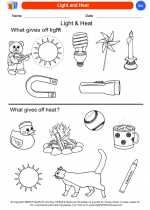 Light and Heat
Light and Heat  Coloring Worksheet
Coloring Worksheet Light and Heat
Light and Heat  Coloring Worksheet
Coloring Worksheet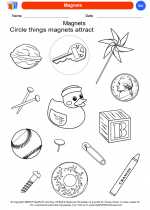 Magnets
Magnets  Coloring Worksheet
Coloring Worksheet Magnets
Magnets  Coloring Worksheet
Coloring Worksheet Pushing and Pulling
Pushing and Pulling  Coloring Worksheet
Coloring Worksheet Pushing and Pulling
Pushing and Pulling  Coloring Worksheet
Coloring Worksheet Simple Machines
Simple Machines  Coloring Worksheet
Coloring Worksheet Simple Machines
Simple Machines  Coloring Worksheet
Coloring Worksheet Sink and Float
Sink and Float  Coloring Worksheet
Coloring Worksheet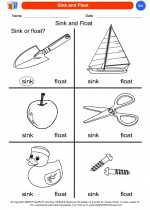 Sink and Float
Sink and Float  Coloring Worksheet
Coloring Worksheet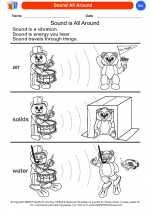 Sound All Around
Sound All Around  Coloring Worksheet
Coloring Worksheet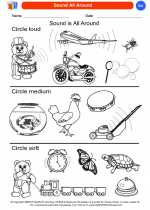 Sound All Around
Sound All Around  Coloring Worksheet
Coloring Worksheet Up and Down
Up and Down  Coloring Worksheet
Coloring Worksheet Up and Down
Up and Down  Coloring Worksheet
Coloring Worksheet Wheels
Wheels  Coloring Worksheet
Coloring Worksheet Wheels
Wheels 

 Coloring Worksheet
Coloring Worksheet
 Coloring Worksheet
Coloring Worksheet
 Coloring Worksheet
Coloring Worksheet
 Coloring Worksheet
Coloring Worksheet
 Coloring Worksheet
Coloring Worksheet
 Coloring Worksheet
Coloring Worksheet
 Coloring Worksheet
Coloring Worksheet
 Coloring Worksheet
Coloring Worksheet
 Coloring Worksheet
Coloring Worksheet
 Coloring Worksheet
Coloring Worksheet
 Coloring Worksheet
Coloring Worksheet
 Coloring Worksheet
Coloring Worksheet
 Coloring Worksheet
Coloring Worksheet
 Coloring Worksheet
Coloring Worksheet
 Coloring Worksheet
Coloring Worksheet
 Coloring Worksheet
Coloring Worksheet
 Coloring Worksheet
Coloring Worksheet
 Coloring Worksheet
Coloring Worksheet
 Coloring Worksheet
Coloring Worksheet
